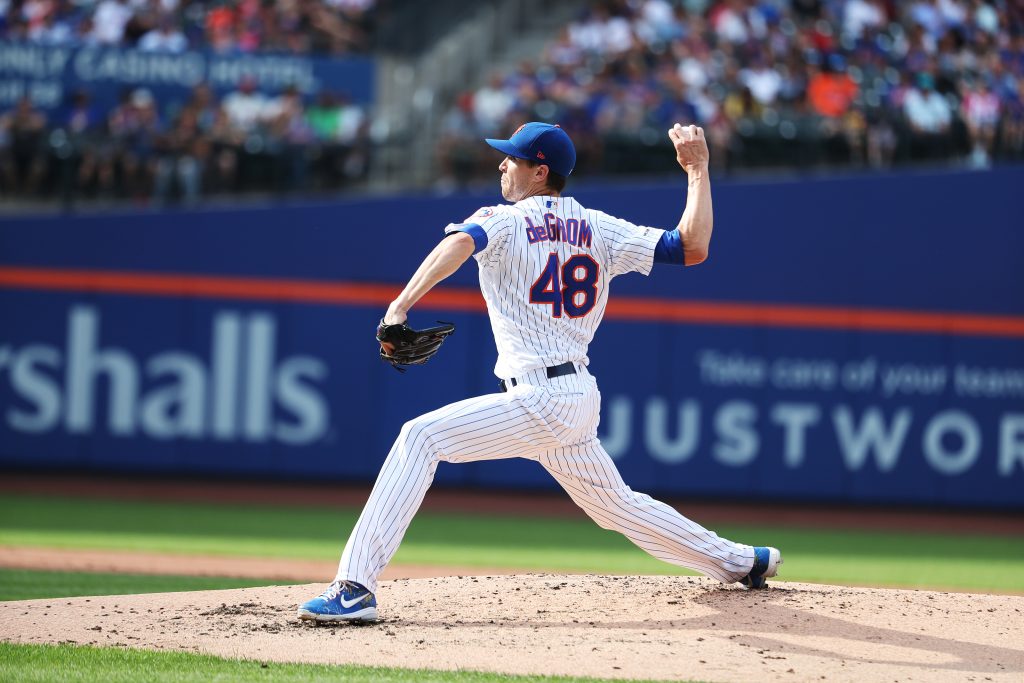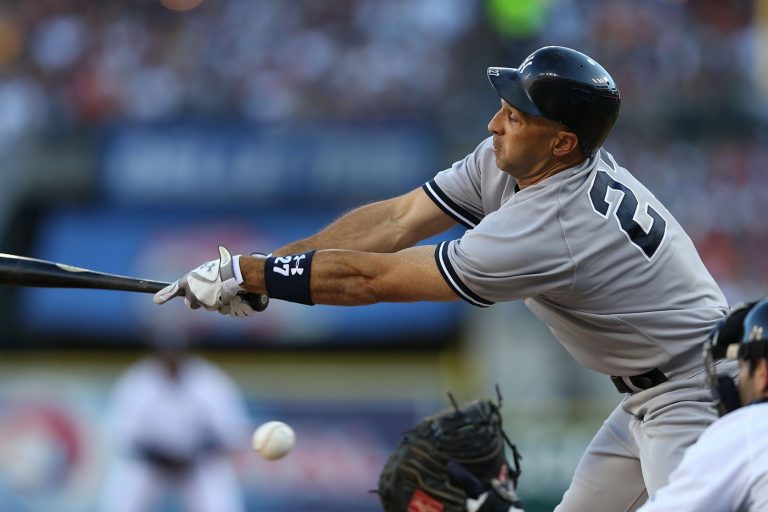The world of baseball statistics has evolved immensely over the years. No longer does a sports bettor need to rely solely on rudimentary statistics such as wins, losses, and ERA to win mlb pitcher props. Today, one of the most telling stats is the “whiff rate.” But what is the whiff rate? And why is it so critical in predicting MLB pitcher prop bets?
Whiff rate, simply put, is the rate at which a pitcher induces a swing-and-miss. For those who’re brand new to the game, a ‘whiff’, in baseball parlance, refers to a swing from the batter where the ball isn’t contacted – the batter quite literally ‘whiffs’ at the ball. This statistic, therefore, provides a measure of a pitcher’s ability to fool batters and make them miss.
On the surface, whiff rate might seem simple: high whiff rates equate to a pitcher being hard to hit. However, it is a complex figure and much more telling than most traditional statistics. A pitcher’s whiff rate exposes the difficulty batters face when trying to connect with their pitches, shedding light on the effectiveness of their delivery, speed, and movement on the ball. Furthermore, when predicting strikeouts, a pitcher with a higher whiff rate doesn’t have to rely solely on command. Take Corey Kluber for example – he’s a great pitcher, but if he leaves a fastball middle of the plate, that thing will get hit to the moon. On the contrary, Hunter Greene’s fastball sits at 98 mph, and he can get away with throwing a meatball as his whiff rate is much higher than Kluber’s.

A good whiff rate is generally considered to be above 25%. In 2021, for example, Jacob deGrom led all major league starters with a whiff rate of 33.1%. While this might not sound overly impressive, it translates to roughly one out of every three pitches resulting in a swing-and-miss, a truly dominant statistic.
One significant advantage of using whiff rate as a key performance indicator is its independence from defensive influence. Traditional metrics like ERA and wins are dependent, to varying degrees, on the quality of a team’s defense. Whiff rate, however, provides a more unadulterated view of a pitcher’s skill, since a swing-and-miss removes any possible contribution from the fielders. This is further complicated by the fact that the shift has been outlawed this year, leading to noisy historical data in the context of this season.
Analyzing whiff rates can also help understand a pitcher’s repertoire. A high whiff rate on a particular type of pitch, say a slider or a changeup, may indicate an effective ‘out pitch.’ The ‘out pitch’ is one a pitcher often uses when they need a strikeout, and determining this from whiff rates can provide insights into a pitcher’s strategy and confidence in their pitches. By analyzing how a pitcher’s out pitch matches up against an opposing lineup, one can get a good idea of how many swinging strikeouts a pitcher will have in a game.
However, as is the case with many statistics, the whiff rate does not stand alone. It must be contextualized with other key indicators. For example, a high whiff rate with a high walk rate could indicate a pitcher who is effectively wild but lacks control. Furthermore, a high whiff rate doesn’t always guarantee success. A pitcher could still be prone to giving up home runs, or they may struggle when batters do manage to connect, leading to a high batting average on balls in play (BABIP).
In the modern era of baseball analytics, where every aspect of the game is dissected and studied, the whiff rate stands as one of the most valuable tools to gauge a pitcher’s effectiveness. It provides a peek into a pitcher’s raw ability to deceive hitters and generate missed swings, thereby creating outs without relying on the defense.
Moreover, the whiff rate contributes to our understanding of pitchers’ strategies, allowing us to delve deeper into their approach. It tells a story about their confidence in different pitches, their ability to maintain control while making batters miss, and their potential vulnerabilities.
While it isn’t a standalone measure of success, it offers a clearer, defense-independent look at a pitcher’s skill and, when paired with other metrics, presents a robust picture of a pitcher’s performance. And if you’re trying to attack the pitcher strikeouts MLB prop bet market, you definitely need to start analyzing pitcher whiff rate.
To get full access to our daily MLB pitcher props, sign up here.




